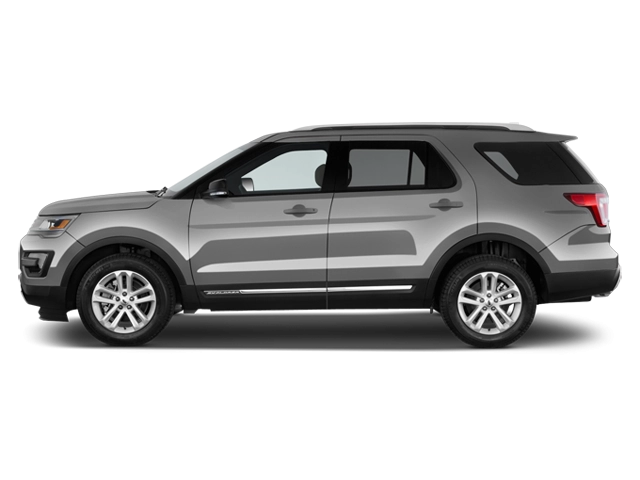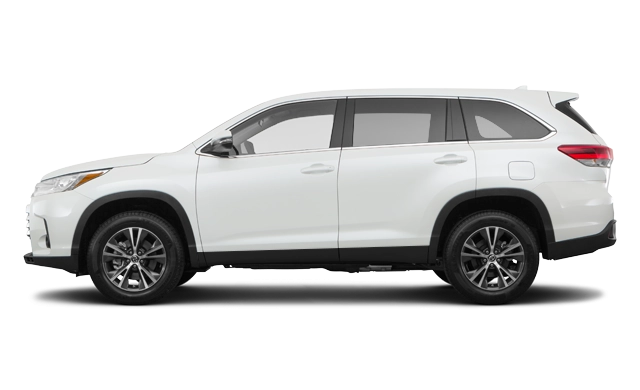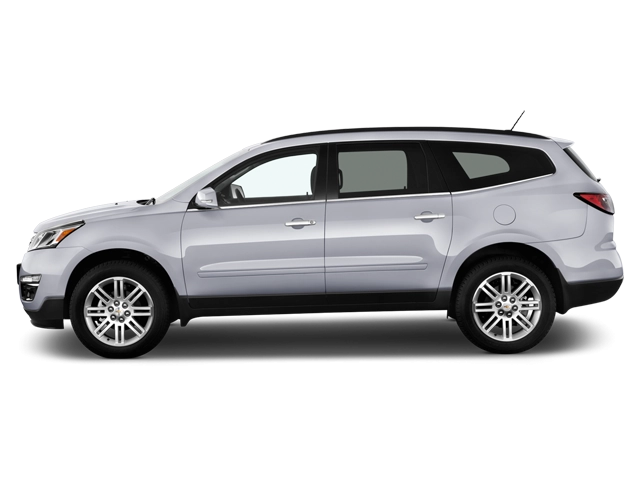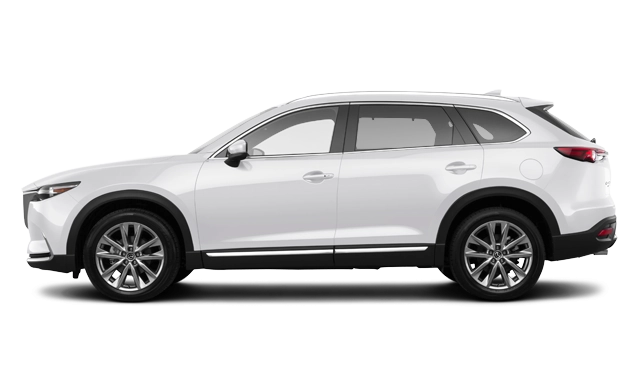Dodge Durango owners manuals
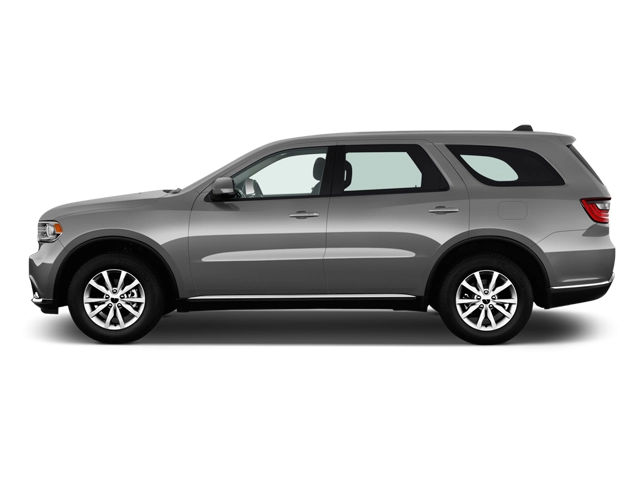
(owner manual)

(owner manual)
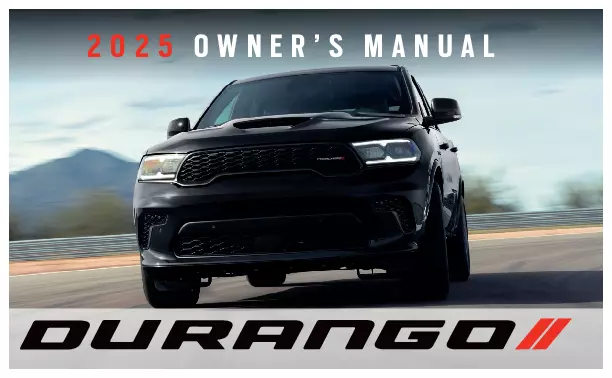
(owner manual)

(owner manual)

(owner manual)

(owner manual)

(owner manual)

(owner manual)

(owner manual)

(owner manual)

(owner manual)

(owner manual)
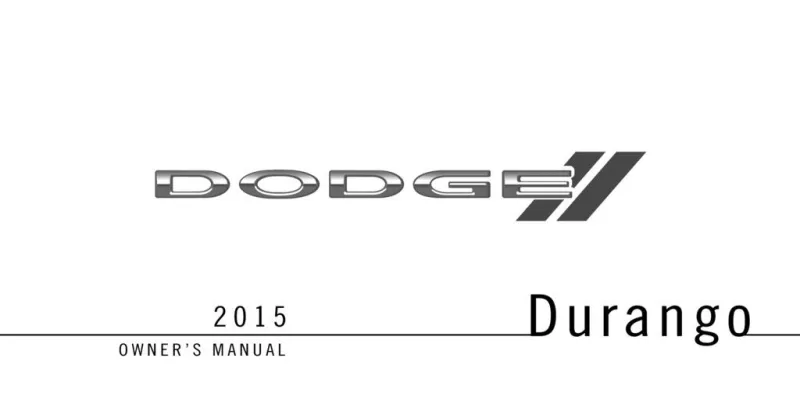
(owner manual)

(owner manual)
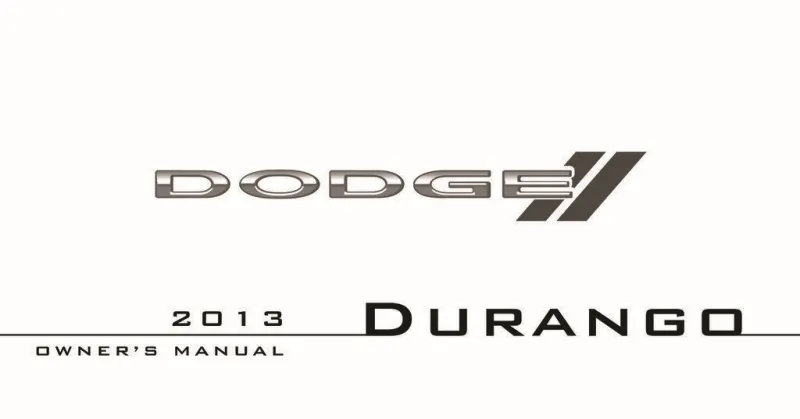
(owner manual)

(owner manual)

(owner manual)

(owner manual)
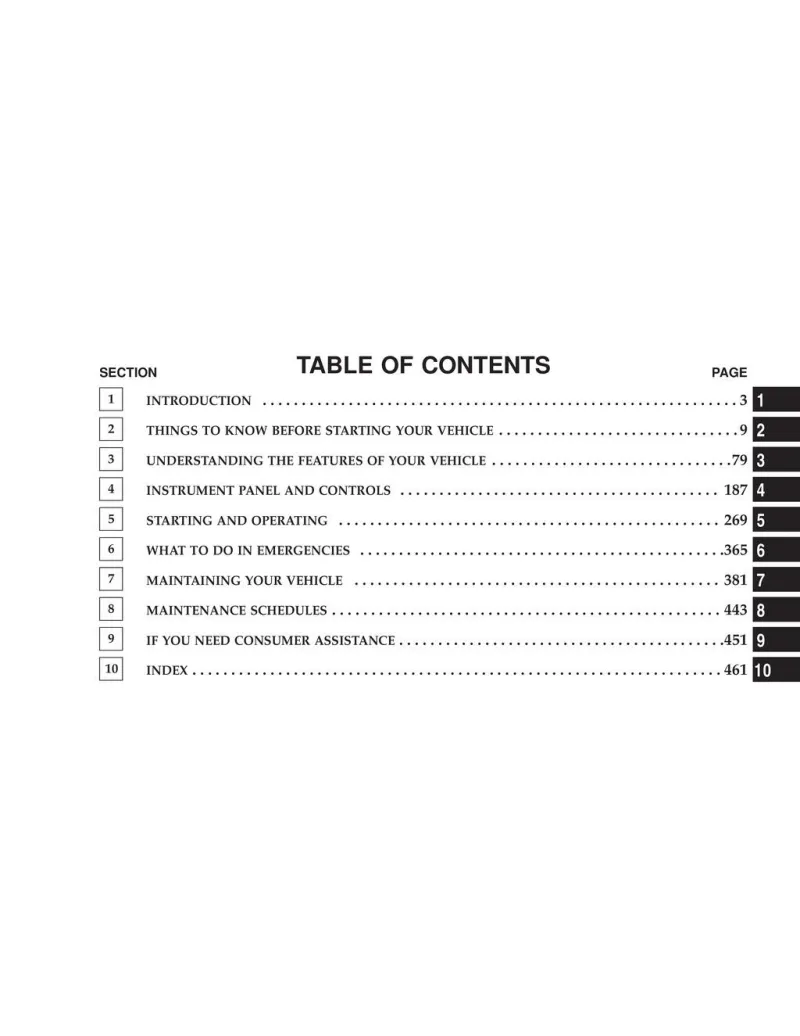
(owner manual)
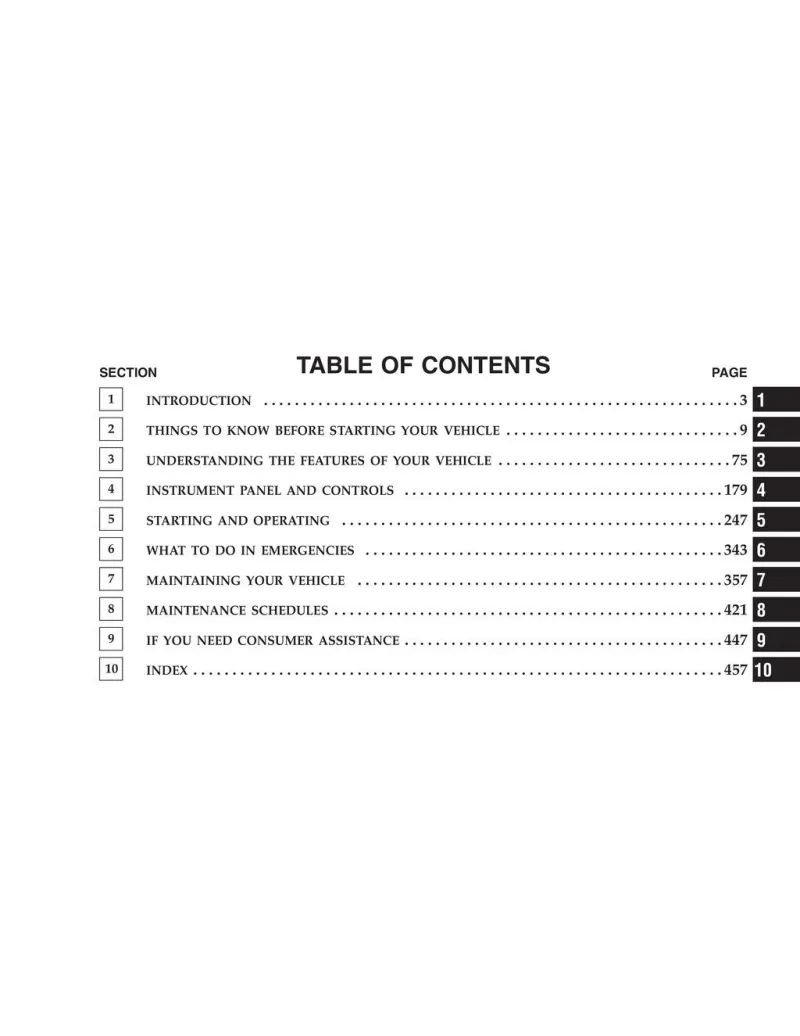
(owner manual)

(owner manual)
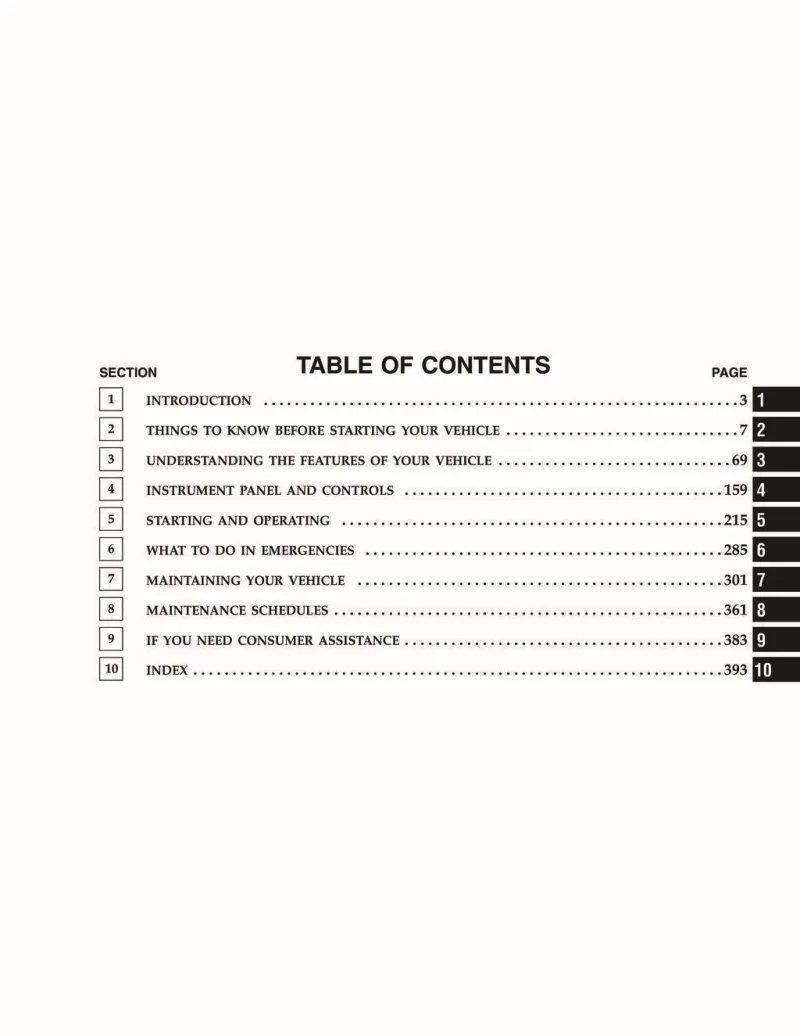
(owner manual)
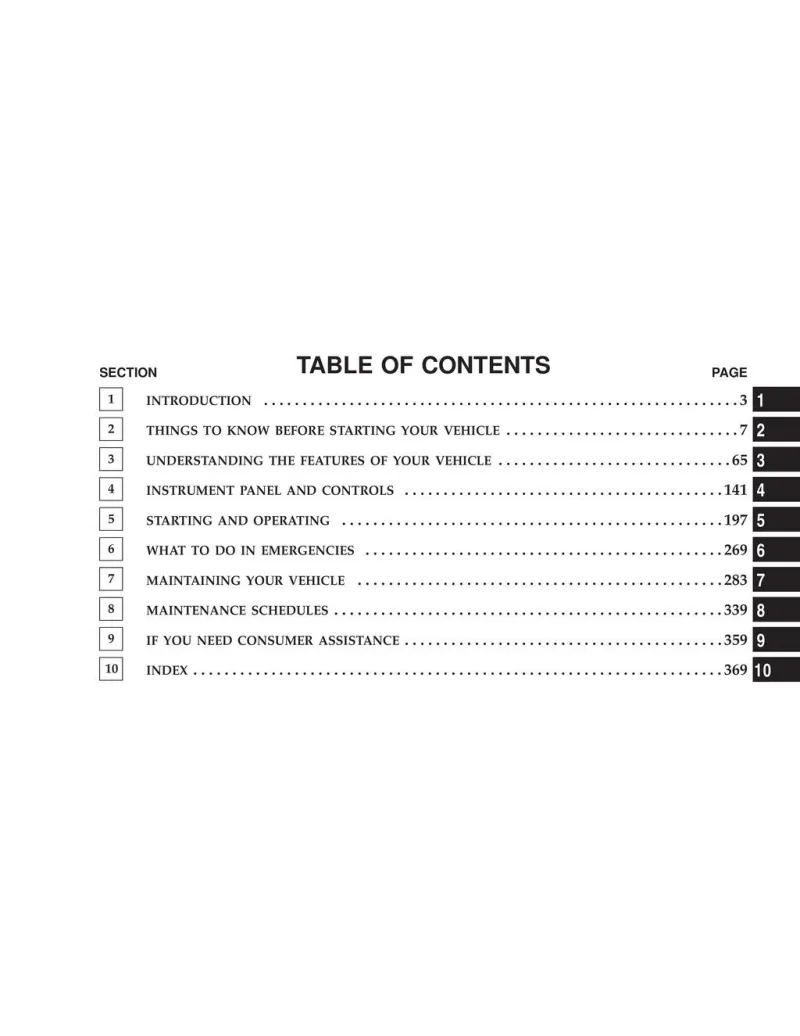
Dodge Durango specs
Owner Manual
The Dodge Durango's owner manual is an essential resource for understanding your vehicle's features, specifications, and maintenance needs. This comprehensive guide provides detailed information on everything from the dashboard instruments to safety features, ensuring you get the most out of your Durango. Familiarizing yourself with the owner manual will help you to not only operate your vehicle more efficiently but also enhance your safety while on the road. Key sections typically include vehicle controls, maintenance schedules, warranty coverage, and troubleshooting tips for common issues.
Model Overview
The Dodge Durango is a mid-size SUV known for its powerful performance, spacious interior, and robust towing capabilities. In its latest iterations, the Durango combines utility with a modern design, high-tech features, and muscular engine options ranging from a dependable V6 to a commanding V8. With its three-row seating, Durango offers comfortable space for up to seven passengers, making it ideal for families or those who require extra room for cargo. Its off-road capability complements its on-road dynamics, providing a versatile option for various driving conditions.
Trims
The Dodge Durango is available in multiple trims, each offering distinct features and options to cater to different preferences and budgets. The base model is the Durango SXT, which includes essential features like a rearview camera and a touchscreen infotainment system. Moving up the trim ladder, the GT combines sportiness with luxury, adding amenities such as leather seating and a premium audio system. The R/T trim emphasizes performance with a powerful V8 engine, while the top-of-the-line Durango SRT takes things to the next level with enhanced performance features, sporty styling, and advanced technology. This range ensures that prospective buyers can find a Durango that fits their exact needs.
Known Problems
While the Dodge Durango is generally a reliable vehicle, there are some known problems reported by owners. Common issues include electrical system malfunctions, such as problems with the infotainment system or dashboard displays not functioning properly. Some models have also reported transmission issues, particularly hesitation when shifting gears. Additionally, a few owners have noted concerns related to premature brake wear. Regular maintenance and addressing issues promptly can help mitigate some of these problems. Always consult the owner manual for recall information or current advisories that may apply to your specific model year.
Maintenance Tips
Proper maintenance is crucial for keeping your Dodge Durango in peak condition. Regular oil changes, typically every 5,000 to 7,500 miles, are essential to ensure the longevity of the engine. It's also important to inspect and replace air filters, spark plugs, and fuel filters as recommended in the owner manual. Tire rotation and alignment should be performed every 6,000 to 8,000 miles to promote even wear and improve handling. Keep an eye on fluid levels, including coolant, brake fluid, and transmission fluid, and replace them as necessary. Scheduling regular inspections with a certified mechanic can also help catch potential issues before they escalate.
FAQs
One common question regarding the Dodge Durango is about its towing capacity. Depending on the engine and configuration, the Durango can typically tow between 6,200 to 8,700 pounds, making it a great choice for hauling trailers or boats. Another frequently asked question involves fuel efficiency. While the V6 models offer better mileage, ranging around 20-26 miles per gallon, the V8 versions tend to consume more fuel, averaging around 14-23 mpg. Owners may also inquire about safety ratings; the Durango often receives high safety ratings, thanks to its array of advanced safety features. Always refer to the owner manual for the most accurate data tailored to your specific model year.
Dodge Durango PDF owner manual
Dodge Durango competitors
Dodge Durango Manual Questions
Fill the form below and someone will help you!

